Volvo EX90 vs Land Rover Range Rover Sport – Which model is better for everyday use?
Everyday use, family trips or long-distance drives – here’s where the differences show.
Discover whether Volvo EX90 or Land Rover Range Rover Sport fits your lifestyle better.
Costs and Efficiency: Looking at overall running costs, both models reveal some interesting differences in everyday economy.
Volvo EX90 has a barely noticeable advantage in terms of price – it starts at 73700 £, while the Land Rover Range Rover Sport costs 78600 £. That’s a price difference of around 4895 £.
As for range, the Volvo EX90 performs clearly better – achieving up to 620 km, about 502 km more than the Land Rover Range Rover Sport.
Engine and Performance: Power, torque and acceleration are the classic benchmarks for car enthusiasts – and here, some clear differences start to show.
When it comes to engine power, the Volvo EX90 has a hardly perceptible edge – offering 680 HP compared to 635 HP. That’s roughly 45 HP more horsepower.
In acceleration from 0 to 100 km/h, the Land Rover Range Rover Sport is somewhat quicker – completing the sprint in 3.80 s, while the Volvo EX90 takes 4.20 s. That’s about 0.40 s faster.
In terms of top speed, the Land Rover Range Rover Sport performs noticeable better – reaching 290 km/h, while the Volvo EX90 tops out at 180 km/h. The difference is around 110 km/h.
There’s also a difference in torque: Volvo EX90 pulls slight stronger with 870 Nm compared to 800 Nm. That’s about 70 Nm difference.
Space and Everyday Use: Cabin size, boot volume and payload all play a role in everyday practicality. Here, comfort and flexibility make the difference.
Seats: Volvo EX90 offers noticeable more seating capacity – 7 vs 5.
In curb weight, Land Rover Range Rover Sport is hardly perceptible lighter – 2390 kg compared to 2556 kg. The difference is around 166 kg.
In terms of boot space, the Land Rover Range Rover Sport offers clearly more room – 647 L compared to 324 L. That’s a difference of about 323 L.
In maximum load capacity, the Volvo EX90 performs noticeable better – up to 2135 L, which is about 644 L more than the Land Rover Range Rover Sport.
When it comes to payload, Land Rover Range Rover Sport noticeable takes the win – 830 kg compared to 585 kg. That’s a difference of about 245 kg.
Who wins the race?
The Volvo EX90 proves to be wins the duel decisively and therefore becomes our DriveDuel Champion!
Volvo EX90 is the better all-rounder in this comparison.
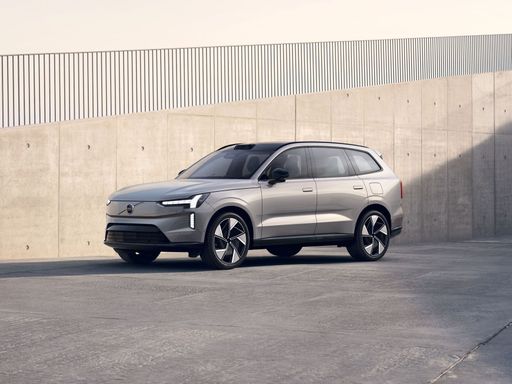
Volvo EX90
Volvo EX90
The Volvo EX90 represents a new era of luxury electric vehicles, combining sophisticated design with cutting-edge technology. Its interior offers a serene environment, enhanced by premium materials and a state-of-the-art infotainment system that ensures both comfort and connectivity. Safety remains paramount, with the EX90 featuring advanced driver assistance features to provide peace of mind on every journey.
details @ media.volvocars.com
@ media.volvocars.com
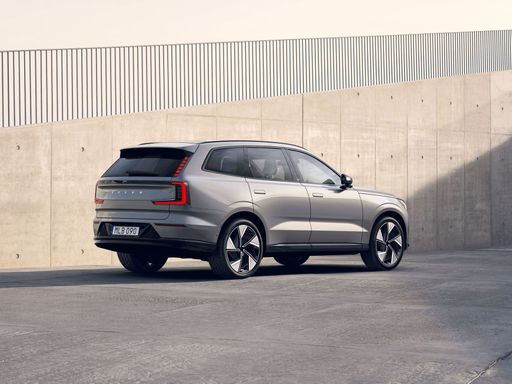 @ media.volvocars.com
@ media.volvocars.com
 @ media.volvocars.com
@ media.volvocars.com
 @ media.volvocars.com
@ media.volvocars.com
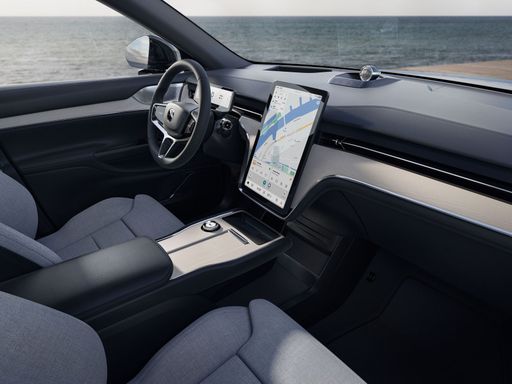 @ media.volvocars.com
@ media.volvocars.com
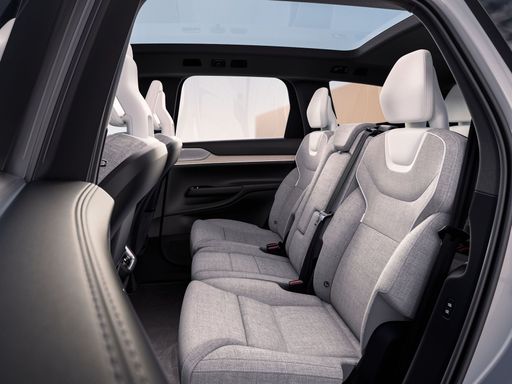 @ media.volvocars.com
@ media.volvocars.com
Land Rover Range Rover Sport
The Land Rover Range Rover Sport exudes a commanding presence, combining luxury with exceptional off-road capabilities. Its sleek, modern design is complemented by a meticulously crafted interior that offers both comfort and advanced technology. With its powerful performance and refined handling, this vehicle is ideal for both urban environments and adventurous terrains.
details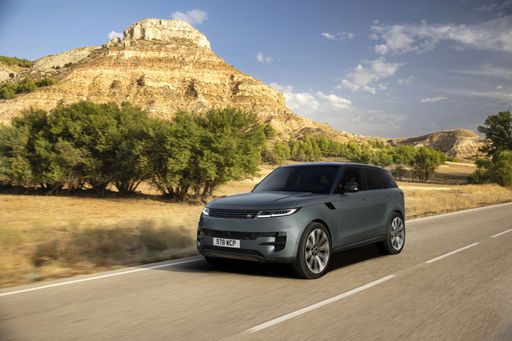 @ media.landrover.com
@ media.landrover.com
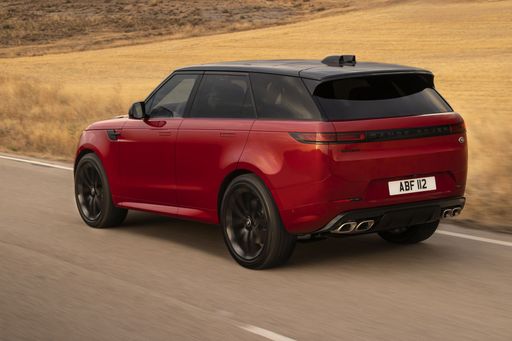 @ media.landrover.com
@ media.landrover.com
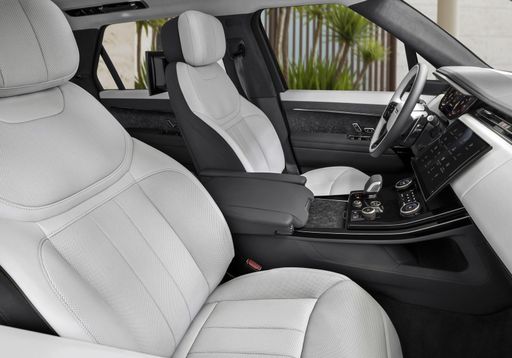 @ media.landrover.com
@ media.landrover.com

|

|
|
|
|
Costs and Consumption |
|
|---|---|
|
Price
73700 - 94100 £
|
Price
78600 - 175700 £
|
|
Consumption L/100km
-
|
Consumption L/100km
2.7 - 11.7 L
|
|
Consumption kWh/100km
17.8 - 19.3 kWh
|
Consumption kWh/100km
-
|
|
Electric Range
570 - 620 km
|
Electric Range
116 - 118 km
|
|
Battery Capacity
88 - 102 kWh
|
Battery Capacity
31.80 kWh
|
|
co2
0 g/km
|
co2
61 - 266 g/km
|
|
Fuel tank capacity
-
|
Fuel tank capacity
71 - 90 L
|
Dimensions and Body |
|
|---|---|
|
Body Type
SUV
|
Body Type
SUV
|
|
Seats
6 - 7
|
Seats
5
|
|
Doors
5
|
Doors
5
|
|
Curb weight
2556 - 2764 kg
|
Curb weight
2390 - 2810 kg
|
|
Trunk capacity
324 L
|
Trunk capacity
647 L
|
|
Length
5037 mm
|
Length
4946 - 4970 mm
|
|
Width
1964 mm
|
Width
2043 mm
|
|
Height
1744 mm
|
Height
1814 - 1820 mm
|
|
Max trunk capacity
2082 - 2135 L
|
Max trunk capacity
1491 L
|
|
Payload
375 - 585 kg
|
Payload
640 - 830 kg
|
Engine and Performance |
|
|---|---|
|
Engine Type
Electric
|
Engine Type
Plugin Hybrid, Petrol MHEV, Diesel MHEV
|
|
Transmission
Automatic
|
Transmission
Automatic
|
|
Transmission Detail
Reduction Gearbox
|
Transmission Detail
Automatic Gearbox
|
|
Drive Type
Rear-Wheel Drive, All-Wheel Drive
|
Drive Type
All-Wheel Drive
|
|
Power HP
333 - 680 HP
|
Power HP
249 - 635 HP
|
|
Acceleration 0-100km/h
4.2 - 6.8 s
|
Acceleration 0-100km/h
3.8 - 7.7 s
|
|
Max Speed
180 km/h
|
Max Speed
206 - 290 km/h
|
|
Torque
480 - 870 Nm
|
Torque
570 - 800 Nm
|
|
Number of Cylinders
-
|
Number of Cylinders
6 - 8
|
|
Power kW
245 - 500 kW
|
Power kW
183 - 467 kW
|
|
Engine capacity
-
|
Engine capacity
2997 - 4395 cm3
|
General |
|
|---|---|
|
Model Year
2025
|
Model Year
2025
|
|
CO2 Efficiency Class
A
|
CO2 Efficiency Class
B, G
|
|
Brand
Volvo
|
Brand
Land Rover
|
What drivetrain options does the Volvo EX90 have?
The Volvo EX90 is offered with Rear-Wheel Drive or All-Wheel Drive.
The prices and data displayed are estimates based on German list prices and may vary by country. This information is not legally binding.
